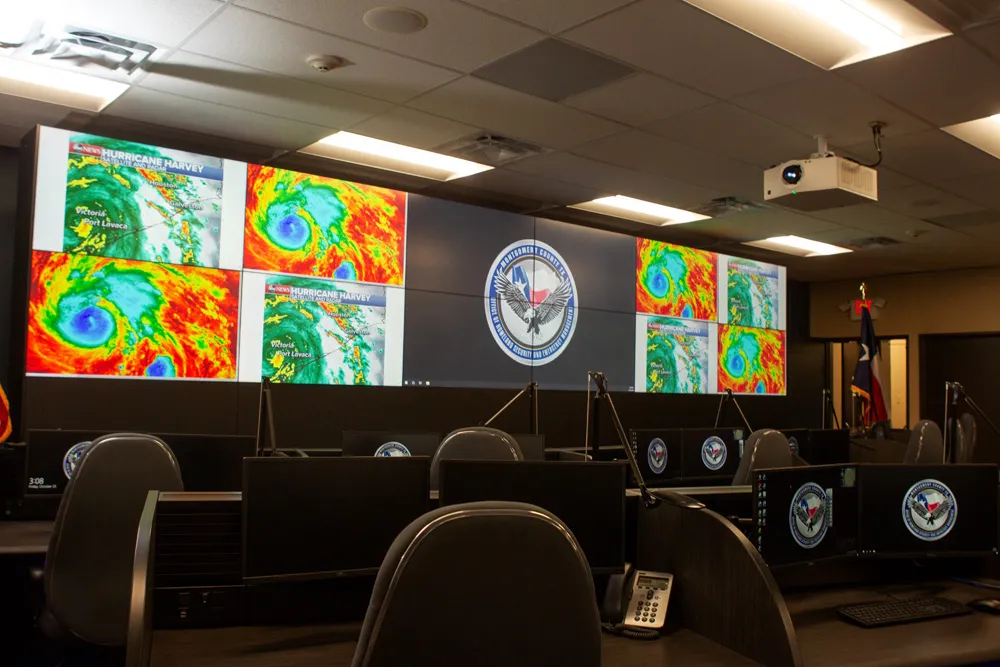New York’s Traffic Management Centre faced its toughest test yet when Hurricane Sandy hit the United States at the end of October last year. Power was maintained to the building in Long Island City, Queens, throughout, although backup systems were operational and ready to supply critical transportation systems if power had been lost. Support from TransCore staff included making sure the TMC networks and transportation systems were operational, including the TransSuite Traffic Control System (TCS), which had
February 28, 2013
Read time: 2 mins

New York’s Traffic Management Centre faced its toughest test yet when Hurricane Sandy hit the United States at the end of October last year.
Power was maintained to the building in Long Island City, Queens, throughout, although backup systems were operational and ready to supply critical transportation systems if power had been lost.Support from
On the Tuesday morning, the main optical fibre cable connecting the TCS to the city-wide wireless network was cut. However, TransCore determined that TCS was operational with no problem, and the TMC networks were not compromised.
The following day, Wednesday, the fibre was repaired and TransCore assisted by troubleshooting the intersections, working with the electricians and operators for the rest of the week. Intersections that could not be put back on line numbered about 700 in the flooded lower Manhattan area and the same number in flooded areas in Brooklyn and the outer boroughs.
Since NYCDOT’s headquarters were in the flooded area in lower Manhattan, commissioner Janette Sadik-Khan, her deputy Lori Ardato and their management group relocated to offices in the TMC building in Queens. They made periodic visits to the TMC, specifically to Bruce Schaller (deputy assistant commissioner in charge of the TMC), requesting reports on the status of the intersections.
Support continued into the beginning of the following week as the TMC continued its recovery efforts and as TransCore staff returned to work. The NYC TransCore office lost internet connection but never lost electricity. Most staff returned once public transportation resumed.









